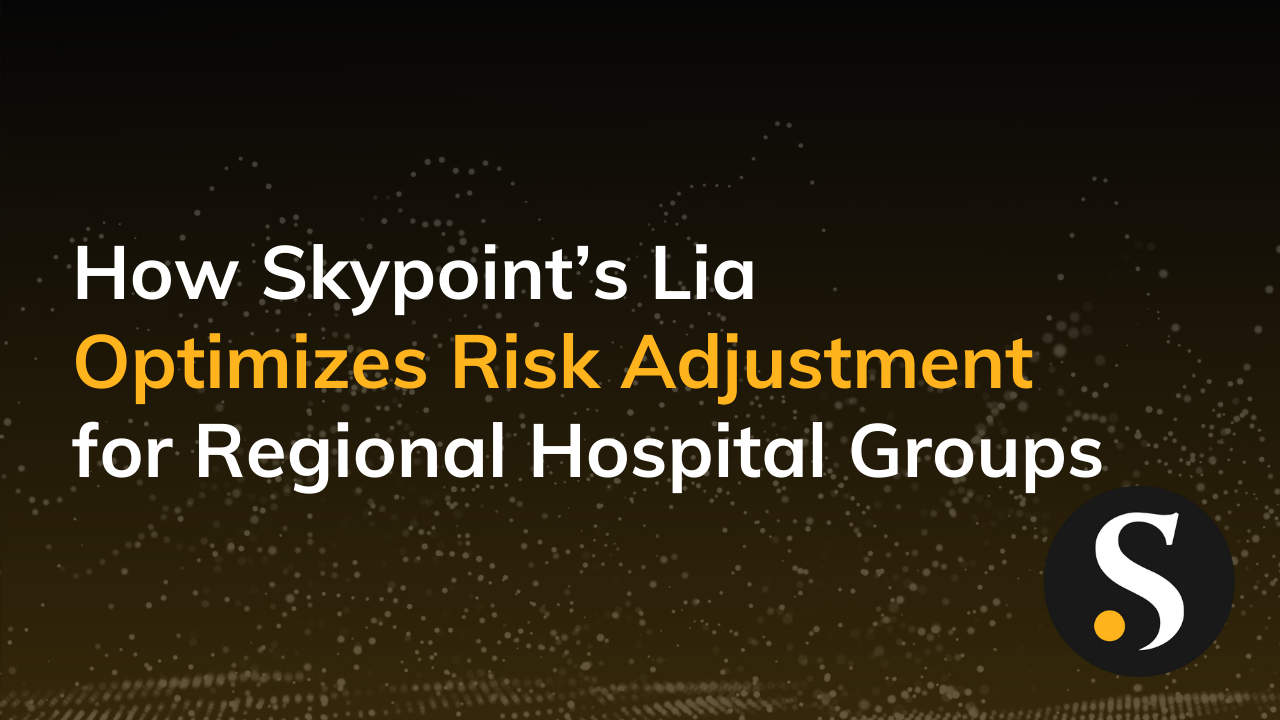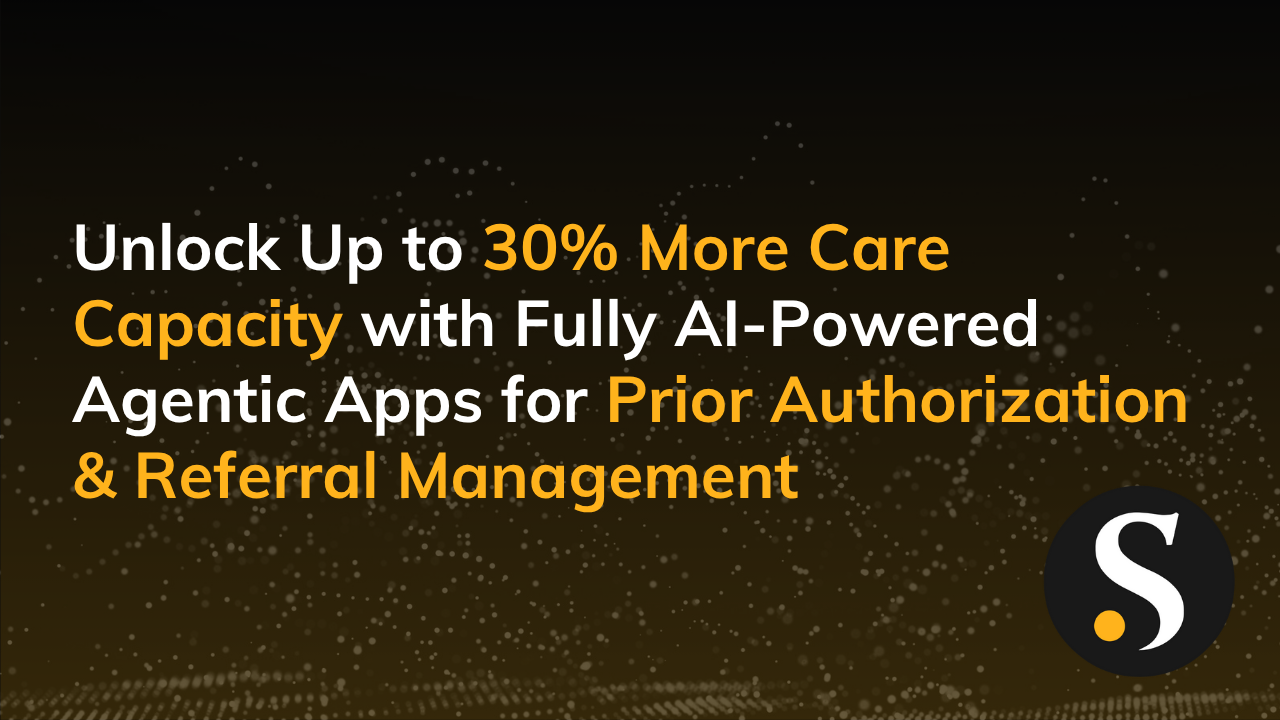Health literacy is a term you might’ve heard thrown around quite a bit in the last few years. Thanks to the introduction of the 21st Century Cures Act Interoperability and Patient Access Final Rule, healthcare organizations are transforming their systems and healthcare information is rapidly becoming digital.
Patients not only have complete access to their data but that they can actually help create their digital healthcare files and become decision-makers in their own healthcare. It’s a completely new era for healthcare technology and healthcare. Patients are more empowered and healthcare providers are more informed.
Alongside these dramatic changes, health literacy is an increasingly prominent topic. Let’s take a closer look at health literacy, along with how interoperability and data sharing lead to greater health literacy, and ultimately, better patient engagement.
What is Health Literacy?
The CDC defines health literacy as “the degree to which individuals have the ability to find, understand, and use information and services to inform health-related decisions and actions for themselves and others.”
On the other hand, the CDC defines organizational health literacy as “the degree to which organizations equitably enable individuals to find, understand, and use information and services to inform health-related decisions and actions for themselves and others.”
To better illustrate the definition of health literacy, here are two examples of health literacy from both sides of the spectrum—one from the patient’s side and one from the provider’s side…
Patient Example of Health Literacy
A patient doesn’t understand what her doctor said about her medication when she was in the doctor’s office (and she’s too embarrassed to ask) so she logs onto the patient portal and gets easy-to-understand instructions and a diagram.
Provider Example of Health Literacy
A doctor knows that his patient doesn’t understand English well, so she speaks in clear, simple language, removing health jargon or long medical words. She also lets the patient know they can find all of this information in the patient portal online.
The Three Levels of Health Literacy
Approximately 36% of adults in the U.S. have low health literacy, leaving plenty of opportunity for improvement. To understand health literacy on a deeper level, here are three levels of health literacy that offer more details.
1. Influential Health Literacy
Influential health literacy is when patients gain greater control over their life events and situations. Their advanced skills impact their understanding and action.
Influential skills include:
- Empowering others
- Advocating with stakeholders
- Critically analyzing information
Where these skills help:
- Implementing curricula and training programs based on health literacy
- Considering credibility, validity, and reliability of health information
- Participating in community activities to improve health literacy
2. Engaged Health Literacy
Engaged health literacy means patients are better able to act independently through increased knowledge, self-confidence, and motivation. This level focuses on critical and interpersonal skills.
Engaged skills include:
- Making decisions
- Solving problems
- Extracting information
- Communicating
- Interpreting meaning and implications
- Applying new information to different situations
These skills help with:
- Sharing health information with other people
- Interacting effectively with healthcare professionals
- Identifying and using community resources
3. Core Health Literacy
Core health literacy means the communication of health information results in an individual benefit. It focuses on conveying an understanding of concepts and on teaching skills that help the patient function in everyday situations.
Core skills include:
- Reading
- Writing
- Arithmetic
- Using digital resources (like websites)
These skills help with:
- Reading healthcare information
- Filling out healthcare forms
- Taking medicine as directed
Why is Health Literacy Important?
Health literacy is important for both sides of the equation—individuals and organizations. Compared to those with proficient health literacy, adults with low health literacy experience four times higher health care costs, 6% more hospital visits, and 2-day longer hospital stays.
Health literacy affects people in the following ways:
- Understand nutrition
- Navigate the healthcare system
- Make doctor’s appointments
- Understand medical instructions
- Complete paperwork
- Analyze risks and benefits of treatments
- Find support
A healthcare professional’s job involves guiding patients toward making the best decision, but providers and practitioners cannot make decisions for patients. Which is why it’s best that patients have as much information as they need to make an informed healthcare decision that’s right for them. Patients who have health literacy skills can take control over their own health and well-being.
Health literacy also affects patient engagement in a positive way. When patients are more informed and educated, they are able to communicate better with healthcare professionals and they are often more willing to ask questions.
Improve Health Literacy with a Healthcare Data Platform
Bottom line? Data transparency helps improve patient engagement, outcomes, and literacy.
Data transparency in healthcare means patients have the ability to access and control data that goes into their records, so they can correct any inaccuracies. Transparency brings better patient outcomes and fewer medical errors.
One of the best ways to be transparent in healthcare is with a healthcare data platform, an all-in-one platform that empowers patients with the tools they need to take charge of their health and wellness.
A healthcare data platform provides a 360 view of patient data that empowers both providers and patients to manage healthcare data, putting patients at the focal point of all clinical activities and patient engagement strategies.
A healthcare data platform also helps with interoperability—the ability of different information systems to work together—and data sharing by making it easier than ever for patients and healthcare providers to share data across systems.
Data-driven healthcare organizations are seeing the benefits of using a healthcare data platform to provide their patients with complete transparency when it comes to their care.
Skypoint Cloud is committed to improving health literacy by supporting data transparency and interoperability. Learn more about how our healthcare data platform is helping patients and providers make positive strides together. Our team is happy to show you how Skypoint works as well…schedule a demo here.




